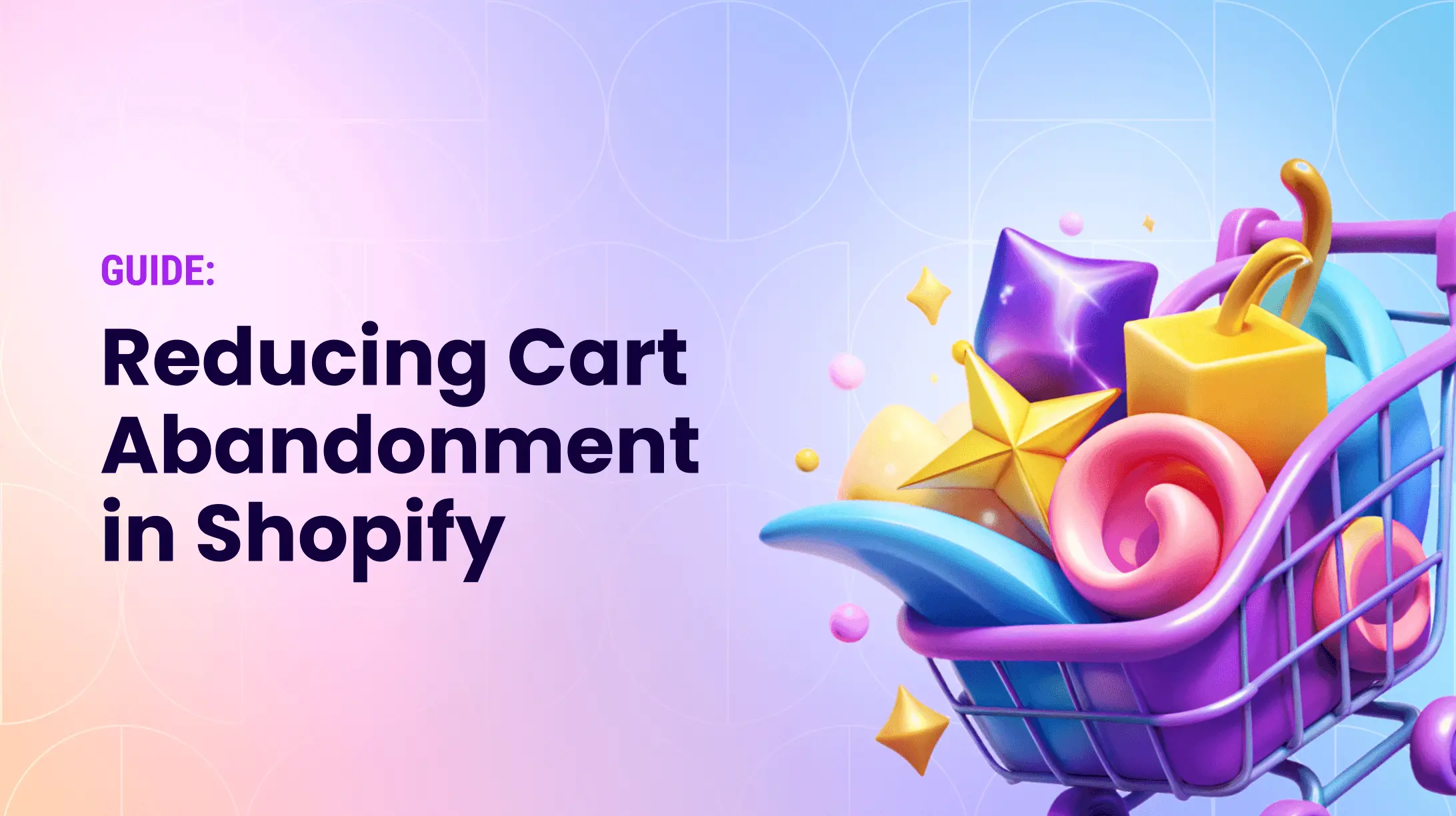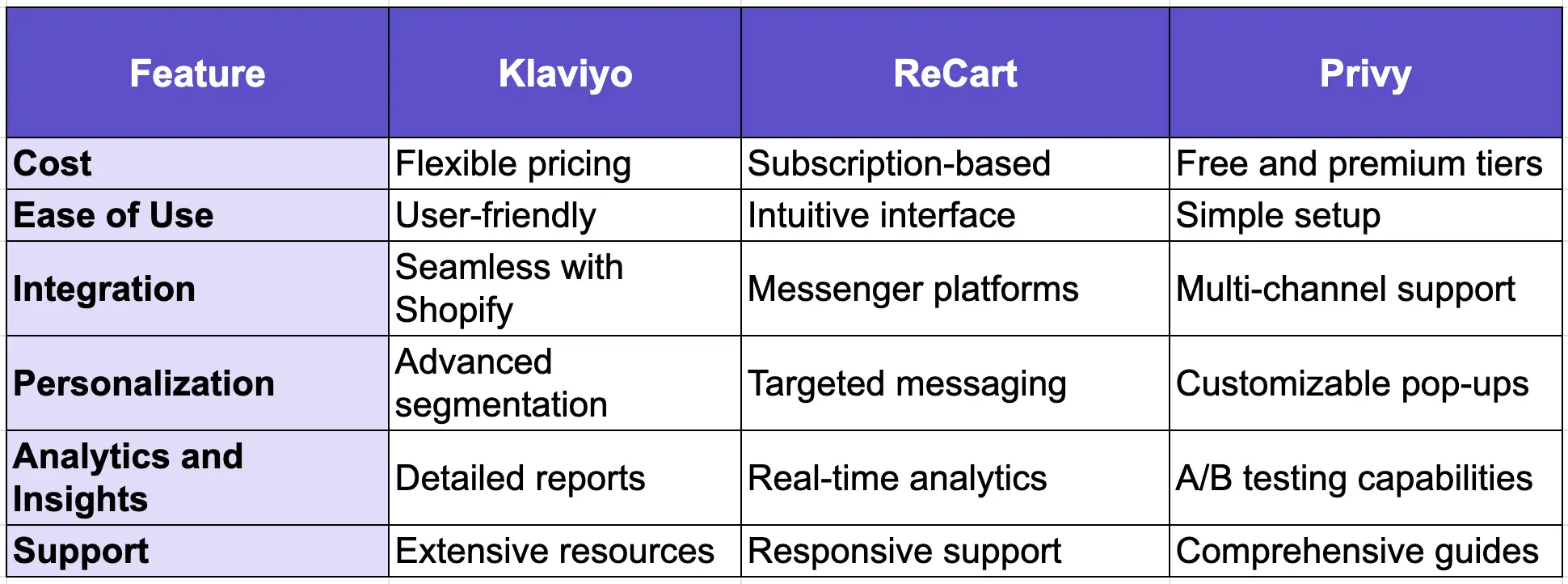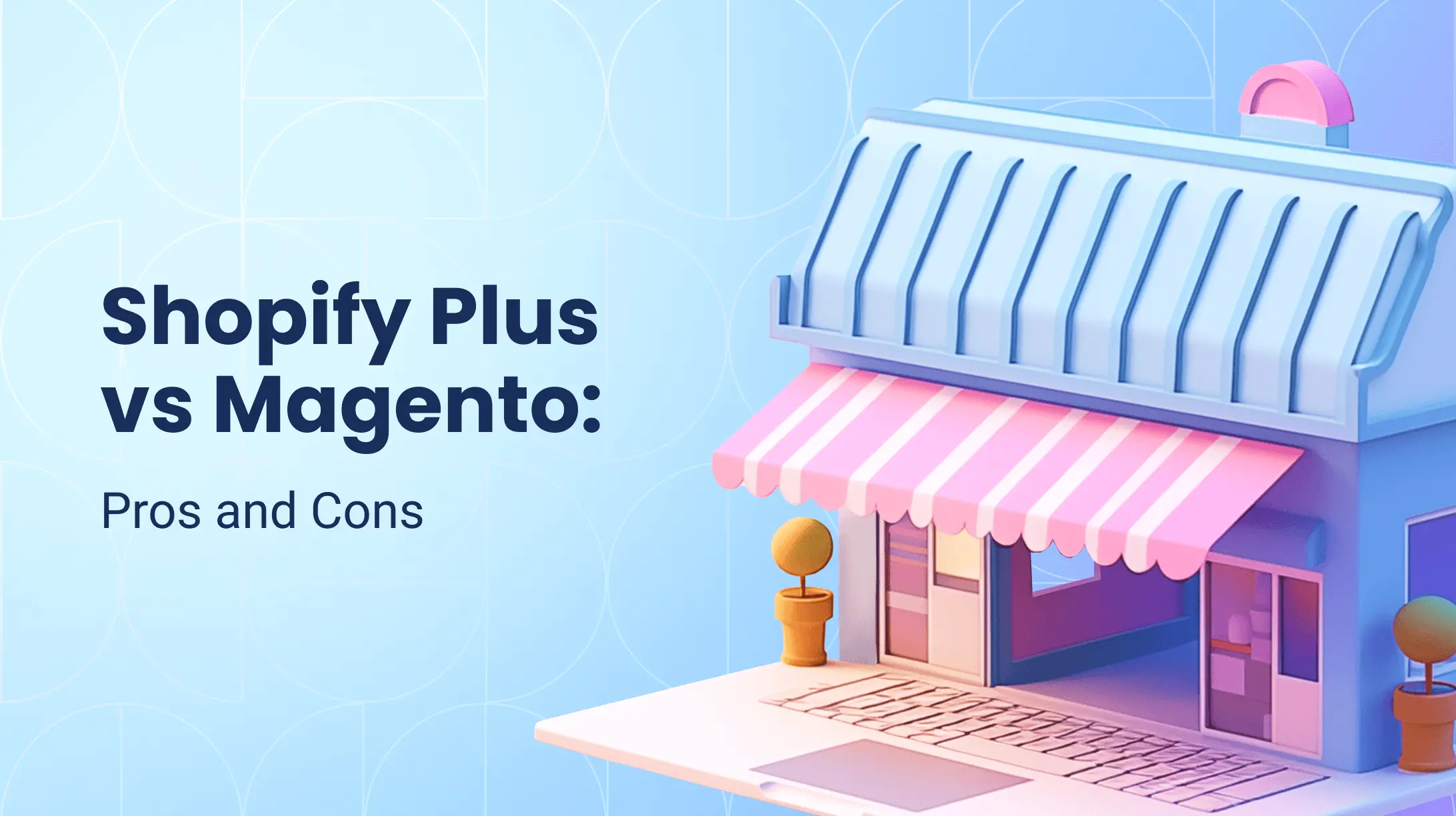0%

Cart abandonment is a pressing issue, as it affects 70% of online sales globally. According to the Baymard Institute, the challenge stems from factors such as unexpected costs, complex checkouts, and security concerns, resulting in significant lost revenue.
Even leading platforms like Shopify are not immune, as merchants consistently face challenges impacting their bottom line. Fortunately, there are proven strategies to address this.
In this guide, we'll discuss how to optimize the user experience, employ effective communication tactics, and implement advanced tools to boost your store's conversion rates and recover lost sales.
What is Cart Abandonment?
Cart abandonment happens when a customer adds items to their online shopping cart but exits the site without finalizing the purchase. This common challenge for e-commerce businesses leads to several negative consequences, including:
- Revenue Loss: Abandoned carts significantly reduce potential sales. Recovering even a small percentage can boost profitability.
- Customer Insights: An analysis of abandoned carts reveals customer behaviors and preferences, which allows you to tailor the shopping experience.
- Industry Statistics: With a 70% global abandonment rate, addressing this challenge can give your business a competitive edge.
- Brand Perception: High abandonment rates may harm brand reputation. Resolving issues can enhance trust and encourage customer loyalty.
Primary Reasons for Shopify Cart Abandonment
Before you start improving your Shopify store's conversion and shopping cart abandonment rates, you should understand why customers abandon their carts in the first place. Here are the key reasons and insights to address each problem:
Unexpected Costs
Hidden fees or high shipping costs often catch customers off guard during checkout, which causes them to abandon their carts. Display all costs upfront to prevent this issue and build trust with your shoppers.
Complicated Checkout Process
A lengthy checkout process with too many steps or mandatory account creation can frustrate customers and lead them to abandon their purchases. When you reduce steps and allow guest checkout, you streamline the process and enhance completion rates.
Website Security Concerns
Lack of trust signals, such as security badges or SSL certificates, can create doubts about transaction safety. Display these indicators prominently to reassure customers about the security of their personal and payment information.
Lack of Payment Options
Limited payment methods can deter customers who prefer specific digital wallets or credit cards. When you expand available payment options, you accommodate a wider audience and reduce cart abandonment.
Slow Site Performance
You should address delays or crashes during the checkout process to prevent shopper frustration and cart abandonment. Improve site speed and ensure server reliability to enhance the shopping experience and increase overall completion rates.
Comparison Shopping
Shoppers often add items to carts while comparing prices, leaving to check for better deals elsewhere. This behavior leads to sales loss if your offerings are not competitive. You should offer competitive pricing and unique value propositions to discourage customers from leaving your shop for alternatives.
Mobile Experience Issues
Poorly optimized mobile sites hinder navigation and purchase completion, so that impact users on the go and lead to missed sales opportunities. Ensure your site is mobile-friendly because it provides a seamless experience for mobile shoppers, encouraging sales.
8 Core Strategies for Reducing Abandoned Carts in Shopify
To effectively tackle cart abandonment in your Shopify store, you need to implement a mix of targeted strategies. Here's a breakdown of key areas to focus on:
1. Optimize Your Checkout Page Experience
Enhance the user experience in your Shopify store to reduce abandoned carts. Simplify the checkout process with fewer steps and clear instructions, display Shopify-supported security badges, and highlight customer reviews to build trust.
2. Offer a Guest Checkout Option
Enable the guest checkout option on Shopify to streamline purchases. By allowing customers to complete transactions without creating an account, you reduce friction. This simplifies the process, caters to those who prefer speed and convenience, and ultimately improves the likelihood of conversion.
3. Implement Security Enhancements
Use security tools that reassure customers about the safety of their personal and payment information in your Shopify store. Integrate SSL certificates and display security badges prominently to alleviate fears and encourage customers to complete their purchases without hesitation.
4. Automate Communication and Marketing
Leverage Shopify's built-in tools to enhance cart recovery and boost customer engagement. Automate personalized recovery emails, SMS, and push notifications to remind shoppers of abandoned items at the right time. With key workflows automated, you can streamline follow-ups without manual effort, improving efficiency while maximizing conversions.
5. Use Pricing and Incentive Tactics
Leverage Shopify's features to offer incentives and reduce cart abandonment. Implement limited-time discounts and promotions using discount codes. Highlight low stock levels or time-sensitive offers to create urgency and motivate buyers to complete transactions promptly.
6. Optimize Mobile Checkout
As more consumers shop on mobile devices, it is very important to optimize the Shopify mobile checkout process to reduce cart abandonment. Here’s how you can enhance the mobile shopping experience:
- Simplified Design: Streamline your mobile checkout with an intuitive design that guides users seamlessly. Ensure buttons are large for easy tapping, focusing on important elements to reduce friction.
- Faster Load Times: Optimize images and scripts to decrease load times for swift navigation. Use tools like Google PageSpeed Insights to identify improvements and enhance the Shopify mobile experience.
- One-Click Payment Options: Implement one-click solutions like Apple Pay, Google Pay, or Shopify Pay to streamline the purchase process. These options save time and translate into higher conversion rates.
- Mobile-Friendly Security: Reassure customers about their data safety with visible security badges throughout checkout. Display security information prominently to address potential concerns mobile shoppers might have.
7. Rely on Advanced Analytics and Tracking
Utilize Shopify's advanced analytics to track customer behavior accurately. Monitor key performance indicators (KPIs) related to cart abandonment and recovery. Use these insights to refine strategies and make informed decisions that enhance the shopping experience.
8. Add Personalization and Customization
Tailor experiences in your Shopify store by leveraging Shopify data to personalize product recommendations and recovery messages. Use customer insights to customize communications for specific segments, ensuring messages are relevant and timely.
Through behavior analysis, you can craft emails and offers that resonate with individual preferences, making customers feel valued and increasing conversion rates. This segmentation allows you to address different customer needs, enhancing the effectiveness of your efforts.
How to Check Shopify Abandoned Cart Reports
Shopify's abandoned cart reports let you identify customer behavior patterns and optimize your store's sales strategies. These reports reveal factors behind cart abandonment and offer valuable insights for improvement. Here’s how to use them:
Steps to Access Abandoned Cart Reports
- Login to Shopify. Enter the admin panel using your credentials and ensure you have appropriate permissions if you're not the account owner.
- Select Orders. Click on "Orders" in the admin dashboard and choose "Abandoned checkouts" from the dropdown.
- Analyze Reports. Review the list of abandoned checkouts, which include customer details, items left in carts, and timestamps. Identify common barriers and recurring patterns, such as abandonment at specific checkout stages.
Once you access the reports, pay attention to the following data:
- Customer Information: Discover demographics and shopping habits, which allows you to tailor recovery strategies to different customer segments.
- Product Details: Identify frequently abandoned products and reevaluate pricing, descriptions, or promotional techniques to enhance their appeal.
- Checkout Stages: Pinpoint at which stage customers abandon their carts, which will enable you to streamline and simplify the process.
- Potential Barriers: Recognize common obstacles like unexpected costs or lack of payment options, so you can address these issues proactively.
- Timing and Trends: Observe patterns related to time of day or week to adjust marketing efforts for maximum impact.
Utilize insights from Shopify's abandoned cart reports to directly address identified issues:
- Streamline the checkout process to reduce friction.
- Offer discounts or incentives for frequently abandoned items.
- Enhance customer trust with better security measures and clear communication.
Regular reviews of these reports help maintain responsiveness to customer behavior, refine recovery strategies, and boost store performance and revenue.
Get in touch
with our expert
Discuss your project requirements and get a free estimate.
Get in touch
with our expert
Discuss your project requirements and get a free estimate.
Shopify Tools and Apps for Cart Recovery
To effectively combat cart abandonment, specialized Shopify apps can significantly bolster your efforts. These tools provide automation and efficiency, which allows you to recover lost sales and potential customers.
Let’s review the key features to look for in cart abandonment Shopify apps:
- Automated Cart Recovery – Automated email sequences remind customers of their abandoned carts. These emails are customizable and can include product images, personalized messages, and discount codes.
- Multi-Channel Engagement – Engaging customers through multiple channels, like SMS and push notifications, helps to timely remind shoppers of their pending purchases and offers limited-time promotions to enhance the likelihood of a sale.
- Analytics and Insights – Apps with in-depth analytics let you track the success of recovery efforts. Analyze open rates and conversion statistics to refine your strategies and determine which tactics yield the best results.
- Customization and Flexibility – Choose apps that allow for customization to align with your brand’s voice and style. The flexibility to tailor messages and incentives means you can experiment with different approaches to find what resonates with your audience.
Here's an overview of some top options:
Klaviyo
Klaviyo excels in email automation and offers robust personalization features to tailor messages based on customer behavior. It integrates seamlessly with Shopify, which enables you to craft targeted campaigns that resonate with individual shoppers to increase the likelihood of conversion.
ReCart
ReCart focuses on messenger marketing and provides real-time recovery opportunities through platforms like Facebook Messenger. It enables you to send reminders and exclusive offers, directly engaging customers where they are most active, thus improving recovery rates.
Privy
Privy offers a comprehensive suite that combines pop-ups, emails, and SMS for a multi-channel approach. It allows for precise targeting and A/B testing, so helps you determine the most effective strategies for different customer segments to ultimately boost engagement and sales.
Comparing Features:
The right Shopify apps can significantly boost your cart recovery efforts. The tools above provide valuable insights and capabilities, which can enhance your store's overall performance and improve customer satisfaction.
Do you have an idea of a more comprehensive solution? Reach out to our experts to discuss the development of our custom Shopify app for reducing cart abandonment.
Advanced Strategies and Solutions for Shopify Abandoned Cart Recovery
Advanced techniques can significantly enhance your cart recovery efforts and lead to deeper customer engagement and higher conversion rates. Here are some sophisticated strategies to consider:
AI-Driven Recommendations
To analyze customer browsing behavior, use AI-powered recommendation engines to suggest relevant products. Personalized suggestions can increase engagement and the likelihood of purchase completion. These tailored experiences make customers feel understood, foster loyalty, and reduce abandonment rates.
Augmented Reality (AR) Experiences
AR allows customers to visualize products in their environment before purchase. This technology proves particularly effective for items like furniture or home decor, where seeing the item in context influences buying decisions. To reduce uncertainty, use AR experiences to decrease abandonment and boost confidence in online shopping.
Chatbots for Instant Assistance
Enhance customer support and cart recovery with a combination of chatbots and live assistance. Chatbots provide instant, 24/7 support, guiding customers through purchasing decisions, resolving concerns, and preventing cart abandonment.
For a more personalized approach, live chat and direct customer service interventions can address specific issues in real time, building trust and encouraging purchase completion. This seamless support strategy ensures a better shopping experience and higher conversion rates.
Key Takeaways: How to Reduce Abandoned Carts on Shopify
To succeed in reducing cart abandonment in your Shopify store, improve your user experience, employ strategic automation, and utilize versatile tools. Enhance your understanding of customer behavior to boost conversion rates and satisfaction.
While this can be challenging, the Transform Agency is here to help you. Reach out to our Shopify development experts today for insights and hands-on assistance in enhancing your store's performance and driving e-commerce success.
FAQ
How do I see abandoned carts in Shopify?
Go to your Shopify admin panel, click on "Orders," and select "Abandoned checkouts" to view a list of customers who left items in their carts without completing the purchase.
What is an abandoned checkout in Shopify?
An abandoned checkout in Shopify occurs when a customer reaches the checkout page but does not complete the purchase, leaving the items in their cart.
Can I automate abandoned cart recovery in Shopify?
Yes, Shopify supports automated abandoned cart recovery through email reminders. Set up automated sequences to remind customers about their abandoned items.
What tools help with abandoned cart recovery in Shopify?
Apps like Klaviyo, ReCart, and Privy offer features such as automated emails, SMS reminders, and multi-channel engagement to aid in recovering abandoned carts.
Why should I track abandoned checkouts in Shopify?
Tracking abandoned checkouts helps identify reasons why customers leave without purchasing, enabling you to improve the user experience and increase conversions.

Written with the assistance of Sergey Girlya
Adobe Commerce Business Practitioner | Certified PSM & PSPO at TA
Sergey ensures project success by validating business cases, defining success metrics, and identifying sustainable benefits. His proactive approach leverages existing systems, processes, and data to deliver additional value. Serge excels in planning, executing, monitoring, and controlling all aspects of the project lifecycle, ensuring meticulous attention to detail and strategic oversight.
Sergey ensures project success by validating business cases, defining success metrics, and identifying sustainable benefits. His proactive approach leverages existing systems, processes, and data to deliver additional value. Serge excels in planning, executing, monitoring, and controlling all aspects of the project lifecycle, ensuring meticulous attention to detail and strategic oversight.



